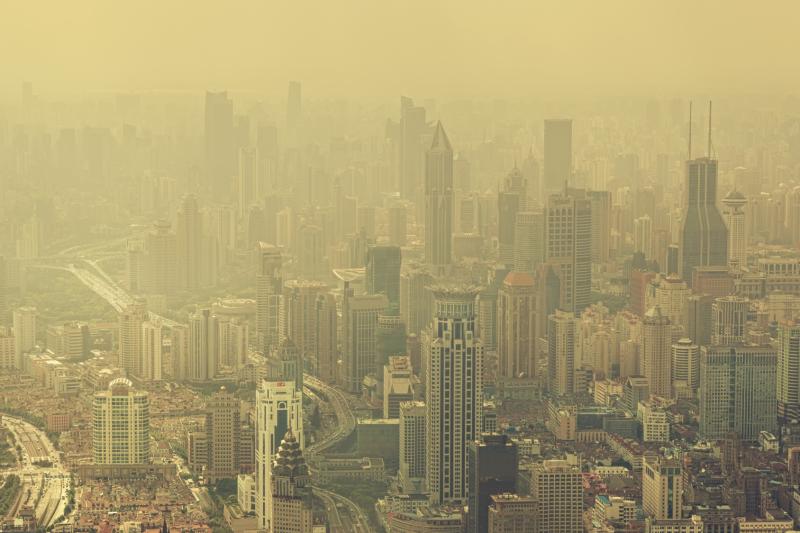 WHO sounds grim warning about deteriorating urban air pollution
WHO sounds grim warning about deteriorating urban air pollutionExposure to air pollution increases the risk of death in infants and impairs lung function in young children, according to two studies presented at the recently concluded International Congress of the European Respiratory Society (ERS 2019).
“We found that NO2, PM10 and SO2 are each linked in varying degrees to infant deaths from any cause, and to neonatal and postneonatal deaths,” according to Dr Sarah Kotecha, lead investigator of the first study and research associate at the Cardiff University School of Medicine. “This is an important finding as the pollutants are produced and derived from different sources.”
Infants aged up to 1 year born in more polluted areas were 20–40-percent more likely to die of any causes than their counterparts who were in the least polluted areas. [ERS 2019, abstract PA297]
Further disaggregation according to age did not meaningfully affect the results. The risks of neonatal (within 28 days of birth) and postneonatal (28 days to 1 year) mortality were up by 20–40 percent and 30–50 percent, respectively, in the areas with the worst air pollution.
Three pollutants had the strongest effect on mortality risk. NO2, for instance, increased overall and postneonatal death risks by 7 percent and 11 percent, respectively; no effect on neonatal deaths was observed. PM10, in comparison, led to a 4-percent rise in the overall risk of mortality and a 12-percent risk increase in infants between 28 days and 1 year of life.
SO2 increased the risk of death by 19 percent in the whole cohort, by 21 percent in infants and by 15 percent in postneonates. Analyses were adjusted for confounders, such as multiple births, deprivation, maternal age, infant sex and birthweight.
To obtain their results, Kotecha and her team retrieved data of 7,984,366 live births and deaths from the UK’s Office for National Statistics. They then divided the country into around 35,000 small areas, for which annual pollution data were collected. Each with a population of 650 households and all cases occurred between the years 2001 and 2012 in England and Wales.
“Our findings show that although progress has been made, the challenge remains to reduce air pollution in order to reduce the number of infant deaths,” Kotecha said. “In the meantime, by understanding how pollution affects babies, either directly or via the mother, we may be able to target appropriate therapies or other interventions, depending on the amount of exposure to the different types of pollutants.”
In the second study, Prof Anna Hansell, lead investigator and professor of Environmental Epidemiology and Director of the Centre for Environmental Health and Sustainability at the University of Leicester in the UK, said that, indeed, pollution affects babies not only directly, but also through their mothers during pregnancy.
“Our findings suggest that air pollution in pregnancy and early life has important impacts on lung function in early childhood; it may affect the children’s development and potentially also their long-term health trajectory,” she noted.
In the 13,963 children involved, the average exposure to PM10 from road traffic was 1 mcg/m3, though levels varied from 0–8 mcg/m3. Every 1-mcg/m3 increase in exposure during the first trimester of pregnancy correlated with a 0.8-percent drop in lung function. In absolute terms, this meant a drop of 14 and 16 mL in the forced expiratory volume in 1 second and force vital capacity measures, respectively, by the age of 8 years. [ERS 2019, abstract OA482]
Similar patterns of effect were reported for the second and third trimesters, for the entire duration of the pregnancy, and up until the age of 8 years.
“It’s really important to prioritize [the] reduction of air pollution levels to improve respiratory health,” Hansell said. “Lung health is a marker of general health and [is] associated with numerous other chronic diseases.”